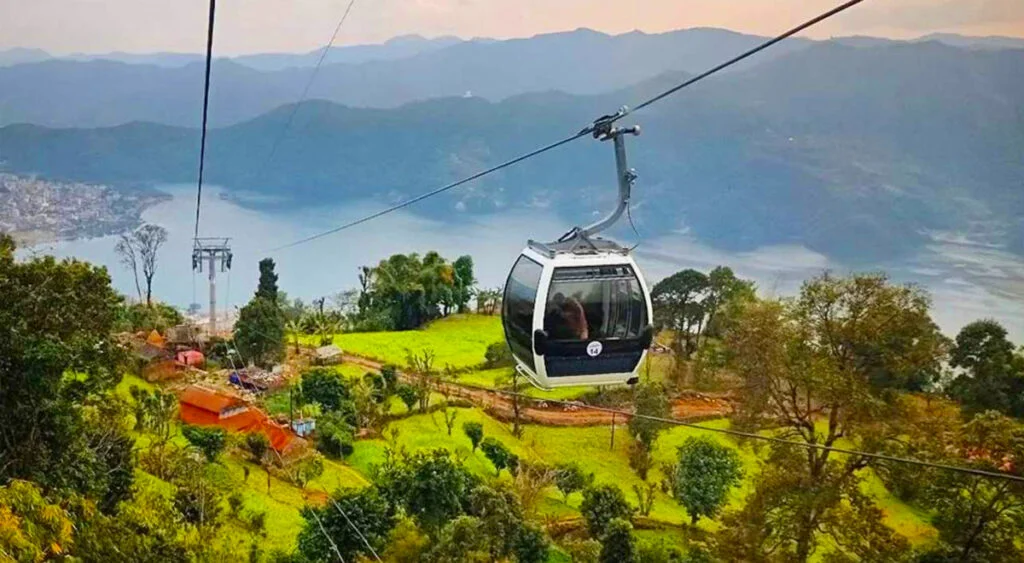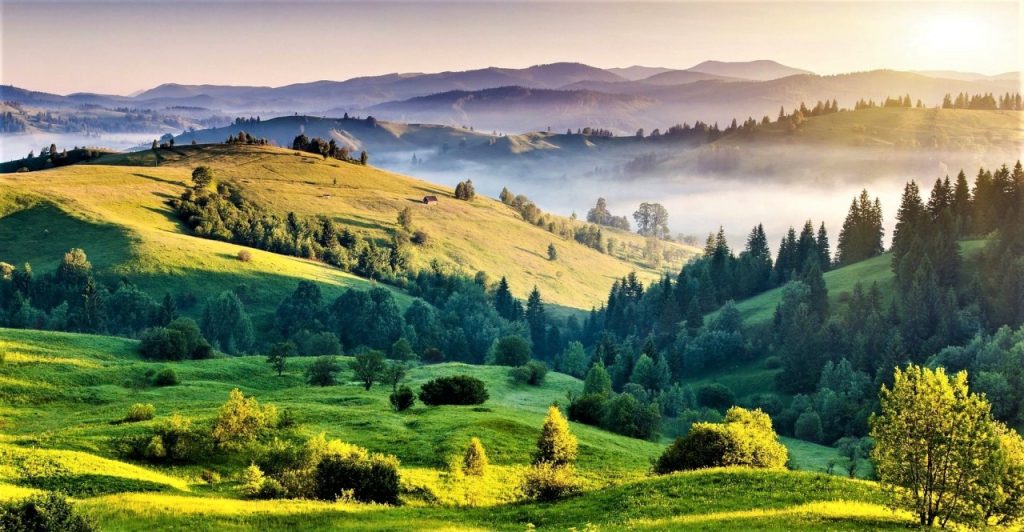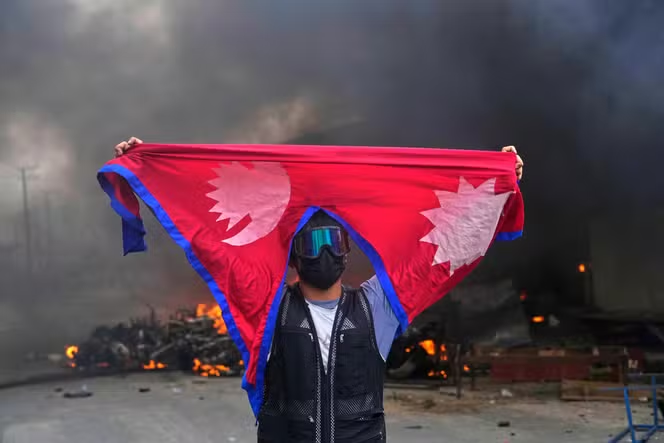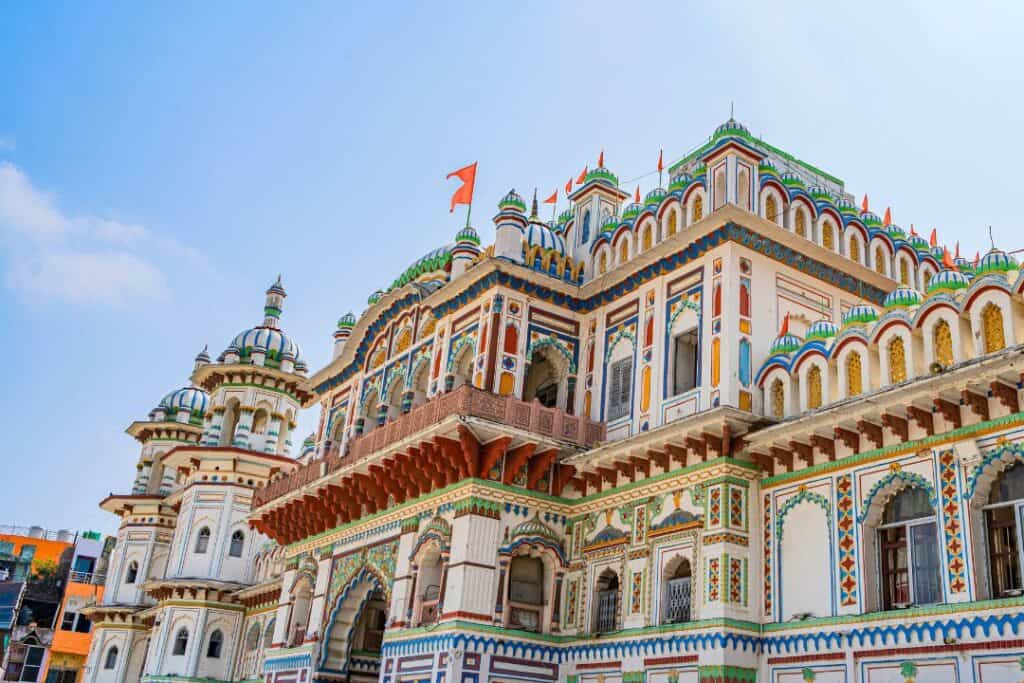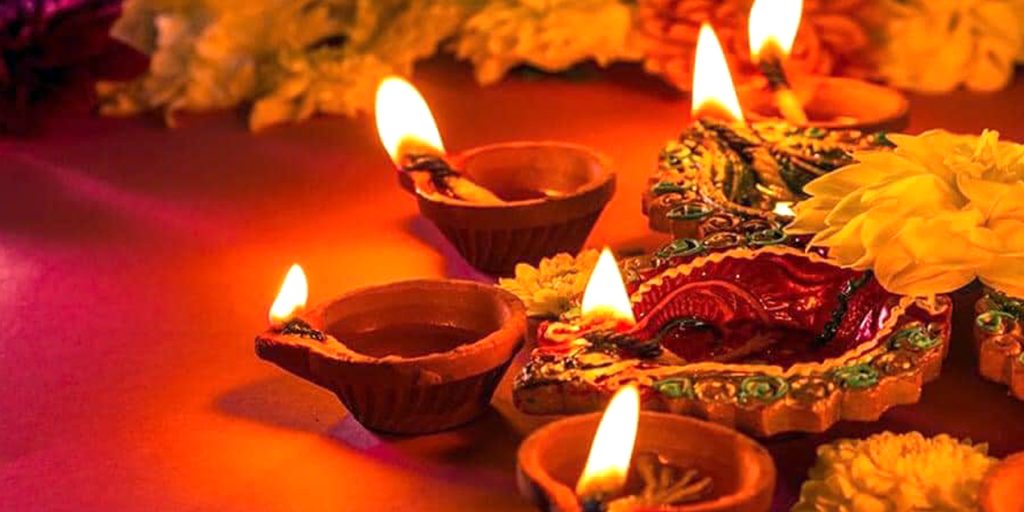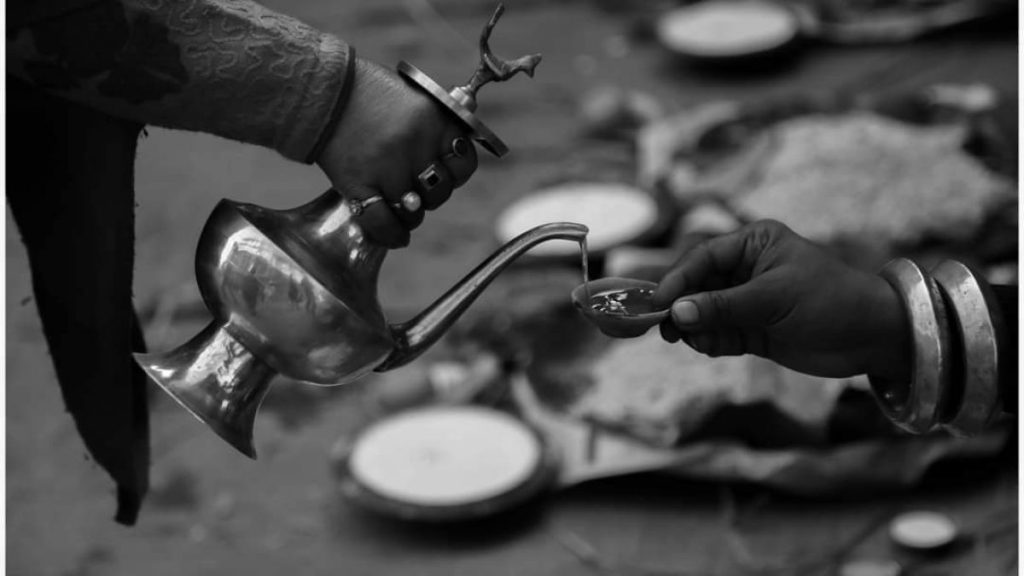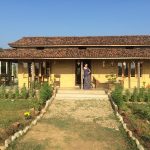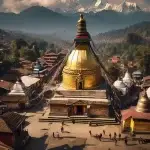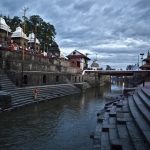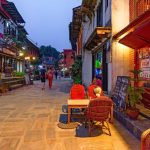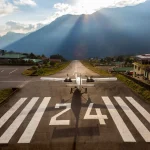Now Reading: Exploring Far-Western Nepal: The Untouched Frontier of Himalayan Tourism
-
01
Exploring Far-Western Nepal: The Untouched Frontier of Himalayan Tourism
Exploring Far-Western Nepal: The Untouched Frontier of Himalayan Tourism
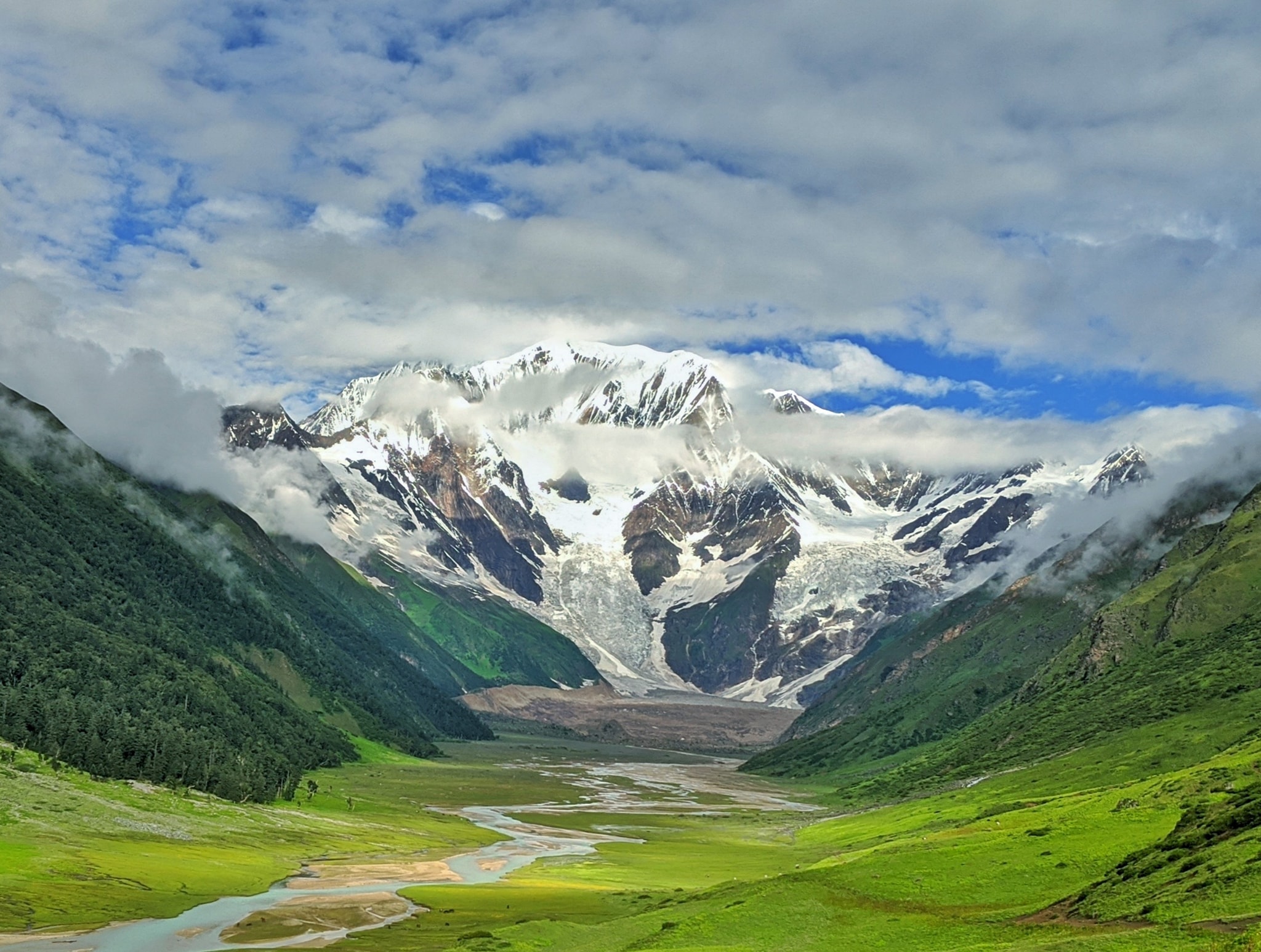
Introduction
When travellers think of Nepal, the Everest region, Kathmandu Valley, or Pokhara often come to mind. But tucked away in the far-western corner of the country lies a hidden gem—Far-Western Nepal. This region remains largely untouched by mass tourism, offering pristine wilderness, centuries-old traditions, and authentic rural life.
From Rara Lake’s shimmering waters to the wild grasslands of Shuklaphanta National Park, Far-Western Nepal is a land of contrasts where snow-clad peaks meet subtropical forests, and where ancient spiritual traditions blend with raw natural beauty. For travellers seeking adventure off the beaten path, this region is one of the most fascinating places to explore.
In this blog, we’ll take you through the highlights, attractions, and unique experiences that make Far-Western Nepal a must-visit destination.
Why Visit Far-Western Nepal?
Far-Western Nepal remains one of the least explored regions in the country. Unlike the crowded trails of Everest or Annapurna, here you’ll find:
- Remote and untouched landscapes.
- Authentic local cultures, including the Tharu, Raji, and Bhotiya communities.
- Wildlife-rich national parks.
- Trekking trails with fewer tourists but breathtaking scenery.
- Affordable travel experiences far from the tourist rush.
It’s the ideal destination for travellers who crave authenticity and solitude.
Top Attractions in Far-Western Nepal
1. Rara Lake: The “Queen of Lakes”
Located in the Mugu district, Rara Lake is Nepal’s largest freshwater lake and one of its most scenic. Surrounded by Rara National Park, the lake sits at 2,990 meters and reflects the snow-capped Himalayas on calm days.
Activities around Rara Lake include:
- Trekking routes with stunning views of alpine meadows and pine forests.
- Boating on the tranquil waters.
- Birdwatching—over 200 species, including migratory birds, can be seen here.
Unlike other trekking areas, Rara remains relatively undiscovered, giving visitors a sense of exclusivity and peace.
2. Shuklaphanta National Park
If wildlife safaris are on your list, Shuklaphanta National Park in Kanchanpur district is a must. Known for its vast grasslands, the park is home to:
- The world’s largest herd of swamp deer.
- Bengal tigers and leopards.
- Asian elephants and one-horned rhinos.
- Over 450 species of birds.
Safari experiences here rival those in Chitwan or Bardia but with fewer tourists, making it one of the best-kept secrets for wildlife lovers.
3. Khaptad National Park: Spiritual Highlands
Khaptad National Park is not just about nature; it’s also a place of deep spirituality. Spread across four districts, it features rolling meadows, dense forests, and stunning vistas.
Highlights:
- Khaptad Baba Ashram, a spiritual retreat where the revered hermit Khaptad Baba lived.
- Spring wildflowers that turn the meadows into colourful carpets.
- Opportunities for meditation and solitude.
It’s a unique blend of natural beauty and spiritual energy.
4. Api Nampa Conservation Area
For serious trekkers, the Api Nampa Conservation Area offers jaw-dropping scenery and rugged adventure. Dominated by Mount Api (7,132m), this area is rich in alpine biodiversity and cultural diversity.
The trails here take you through remote villages where traditional lifestyles have remained unchanged for centuries. Treks in Api Nampa are challenging but rewarding for those seeking off-the-beaten-path exploration.
5. Cultural Encounters in Far-Western Nepal
Beyond landscapes and wildlife, Far-Western Nepal is a cultural treasure. The region is home to diverse ethnic groups, such as:The
- Tharu people – known for their unique dances, mud houses, and traditional lifestyle.
- Bhotiya and Byansi communities – Himalayan people with Tibetan cultural influences.
- Raji people – one of Nepal’s smallest indigenous groups, still practising traditional fishing and hunting.
Festivals, traditional attire, and warm hospitality make cultural immersion in Far-Western Nepal unforgettable.
Adventure Activities in Far-Western Nepal
Far-Western Nepal is a playground for adventurers who want to move beyond the “classic” routes. Activities include:
- Trekking and hiking in Rara, Khaptad, and Api Nampa.
- Jungle safaris in Shuklaphanta.
- Camping and stargazing in remote meadows and lakeside settings.
- Birdwatching in wetlands and national parks.
- Cultural homestays with local families.
For travellers seeking to combine nature, wildlife, and culture, the region has endless opportunities.
Best Time to Visit Far-Western Nepal
The region’s geography ranges from subtropical plains to alpine highlands, so the best time to visit depends on your itinerary:
- Spring (March–May): Best for trekking, wildflowers, and pleasant weather.
- Autumn (September–November): Ideal for clear skies and trekking in higher elevations.
- Winter (December–February): Good for wildlife safaris in Shuklaphanta, but high-altitude treks may be snowbound.
Getting to Far-Western Nepal
Reaching Far-Western Nepal requires more planning compared to Kathmandu or Pokhara, but the journey is part of the adventure.
- By Air: Nepalgunj, Dhangadhi, and Mahendranagar have airports with regular flights from Kathmandu. From there, local transport connects you to national parks and trekking routes.
- By Road: Long but scenic bus rides connect Kathmandu with Dhangadhi (approx. 14–16 hours).
- Local Transport: Jeeps and shared vehicles are common in rural areas.
Practical Tips for Travellers
- Permits: Some conservation areas and national parks require entry permits.
- Guides: Hiring local guides supports communities and makes remote travel easier.
- Connectivity: Internet is limited in remote trekking regions; carry offline maps.
- Accommodation: Options range from homestays and guesthouses to simple hotels in towns.
- Responsible Tourism: Respect local traditions, avoid plastic waste, and support community-based tourism projects.
Why Far-Western Nepal Deserves More Attention
Far-Western Nepal offers a different kind of travel—one less about luxury and convenience, and more about raw beauty and authenticity. Unlike the Everest or Annapurna regions, where infrastructure is built around foreign tourists, Far-Western Nepal invites you to engage directly with local culture, untouched landscapes, and genuine wilderness.
For those willing to step off the beaten path, the rewards are immense: solitude in the Himalayas, vibrant wildlife encounters, and heartfelt cultural exchanges.
Conclusion
Far-Western Nepal is not just a destination—it’s an experience of discovery. From the still waters of Rara Lake to the spiritual heights of Khaptad, from wildlife safaris in Shuklaphanta to rugged treks in Api Nampa, the region offers endless opportunities for adventurous travellers.
If you want to experience Nepal beyond the postcards of Everest and Kathmandu, head west. In the villages, forests, and mountains of this region, you’ll find the essence of Nepal—raw, authentic, and unforgettable.
So, pack your bags, leave the crowds behind, and explore the far western frontier of Nepal.
#Nepal #VisitNepal #TravelNepal #ExploreNepal #DiscoverNepal #NepalTourism #NepalAdventure #NepalTrekking #Himalayas #Mountains #Trekking #Nature #Wildlife #Adventure #TravelPhotography #NaturePhotography #Wanderlust #WanderlustNepal #EverestBaseCamp #AnnapurnaCircuit #UpperMustang #NepalCulture #NepalHiddenGems #HiddenNepal #RemoteNepal #OffbeatNepal #OffTheBeatenPath #BackpackNepal #BackpackingNepal #NepalBackpacking #BudgetTravelNepal #NepalOnABudget #CheapTravelNepal #SustainableTravelNepal #LocalNepal #VillageLifeNepal #TravelLocal #NepalNature #NepalTravelGuide #NepalHoliday #NepalTrip #NepalTravelTips #BackpackerLife #Nepali #NepalisBeautiful #NepalNow


